The glycocalyx surrounds each cell in the human body like a coat. This complex sugar layer plays a key role in the progression of numerous diseases, such as cancer and autoimmune diseases.
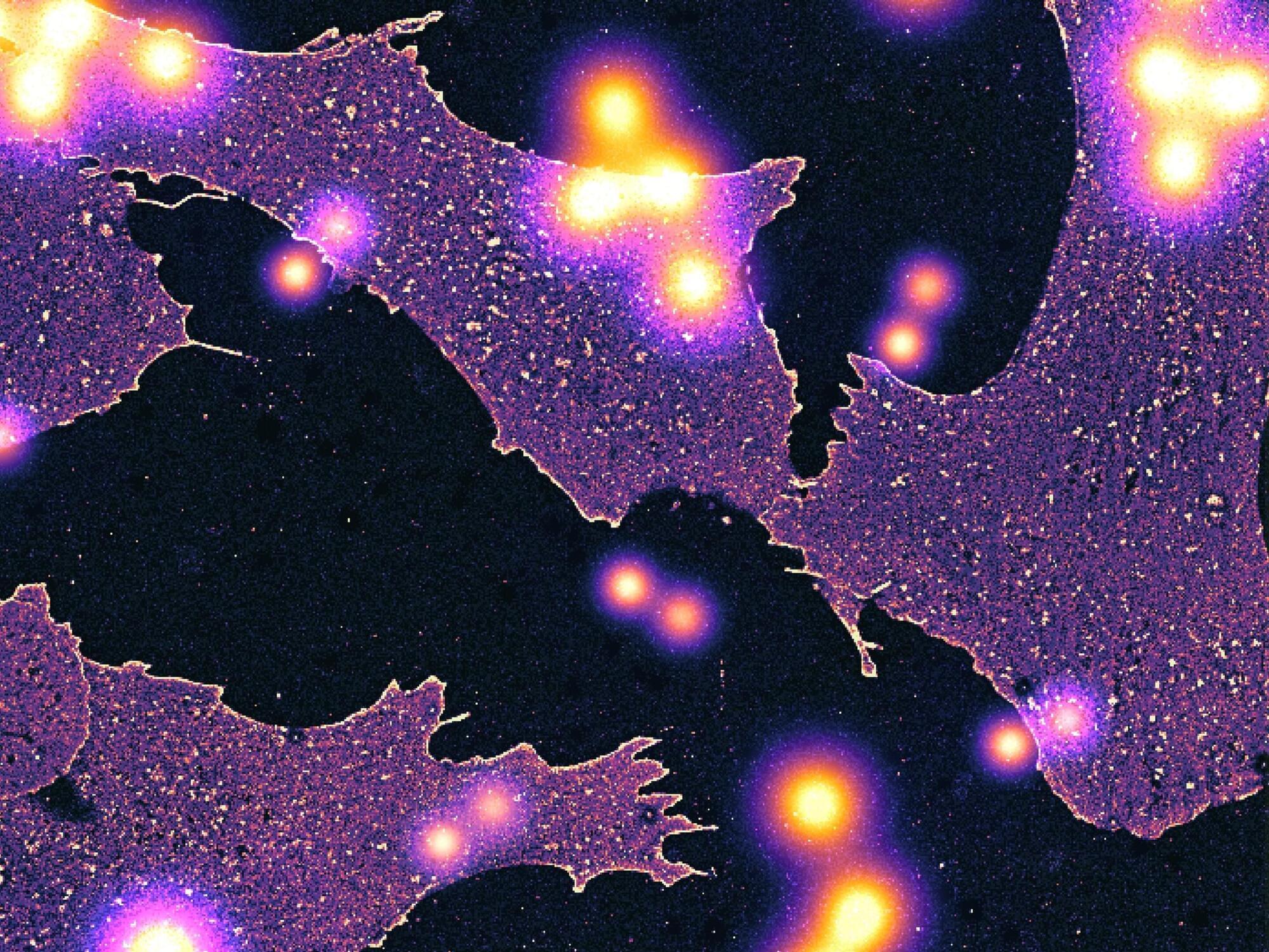

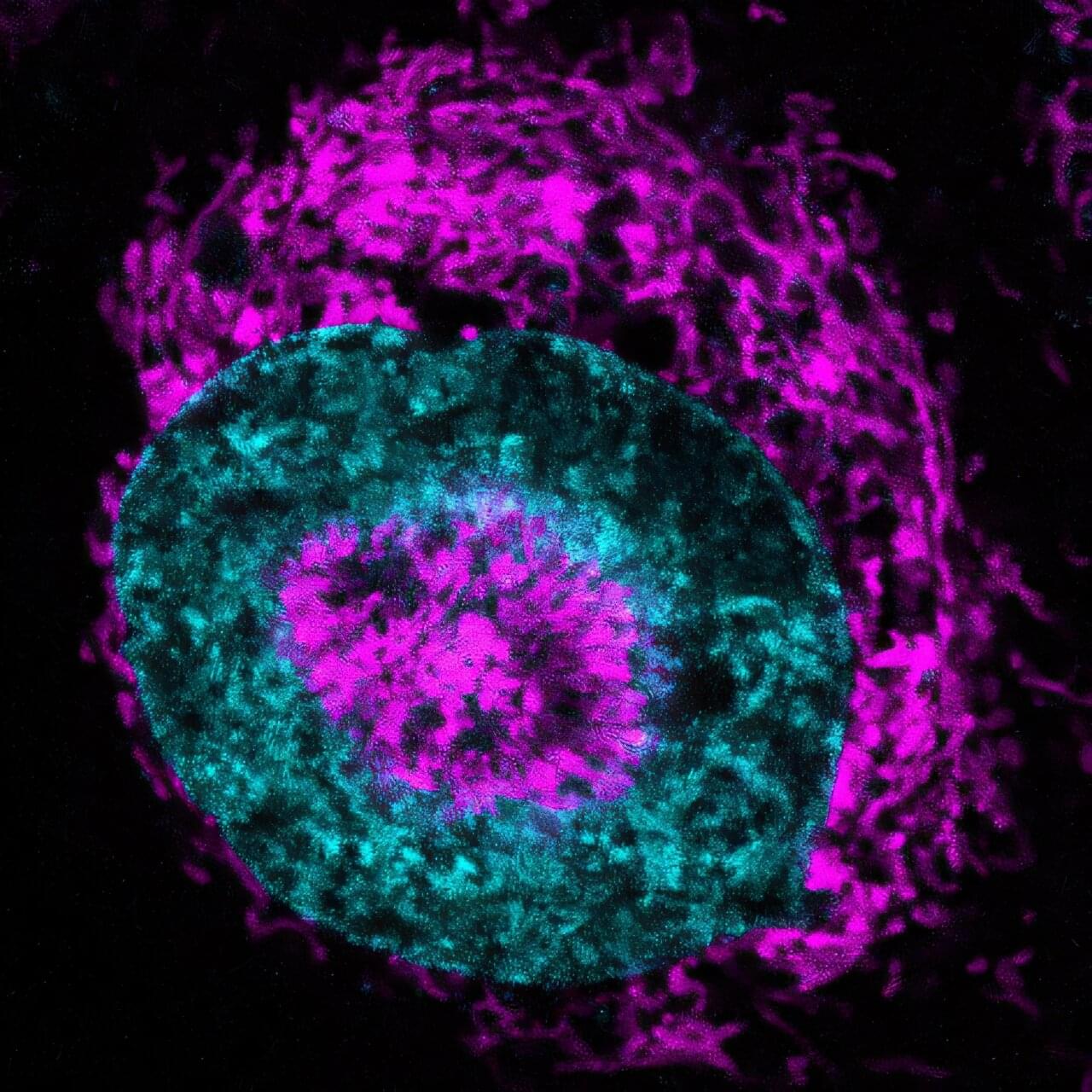
Cancer cells mount an instant, energy‑rich response to being physically squeezed, according to a study published in the journal Nature Communications. The surge of energy is the first reported instance of a defensive mechanism that helps cells repair DNA damage and survive the crowded environments of the human body.
The findings help explain how cancer cells survive complex mechanical gauntlets like crawling through a tumor microenvironment, sliding into porous blood vessels or enduring the battering of the bloodstream. The discovery of the mechanism can lead to new strategies that pin cancer cells down before they spread.
Researchers at the Center for Genomic Regulation (CRG) in Barcelona made the discovery using a specialized microscope that can compress living cells to just three microns wide, about one‑thirtieth the diameter of a human hair. They observed that within seconds of being squeezed, mitochondria in HeLA cells race to the surface of the nucleus and pump in extra ATP, the molecular energy source of cells.


Li, D., Li, J., Johann, D.J. et al. Augmenting precision medicine via targeted RNA-Seq detection of expressed mutations. npj Precis. Onc. 9, 182 (2025). https://doi.org/10.1038/s41698-025-00993-8

An international team of astronomers reports the discovery of a new long-period radio transient, which received the designation ASKAP J144834−685644 (ASKAP J1448−6856 for short). The newfound transient is a crucial addition to the still short list of sources of this type. The finding was detailed in a paper published July 17 on the arXiv preprint pre-print server.
Long-period radio transients (LPTs) are an emerging class of periodic radio emitters, with ultralong rotation periods (ranging from minutes to hours) and strong magnetic fields. Although some observations have suggested that these transients may originate from rotating neutron stars with extremely strong magnetic fields (magnetars) or magnetic white dwarfs, their true nature still baffles astronomers.
The Australian Square Kilometre Array Pathfinder (ASKAP) is a 36-dish radio-interferometer in Australia, operating at 700 to 1,800 MHz. One of its scientific goals is the characterization of radio transient sky through the detection and monitoring of transient and variable sources.
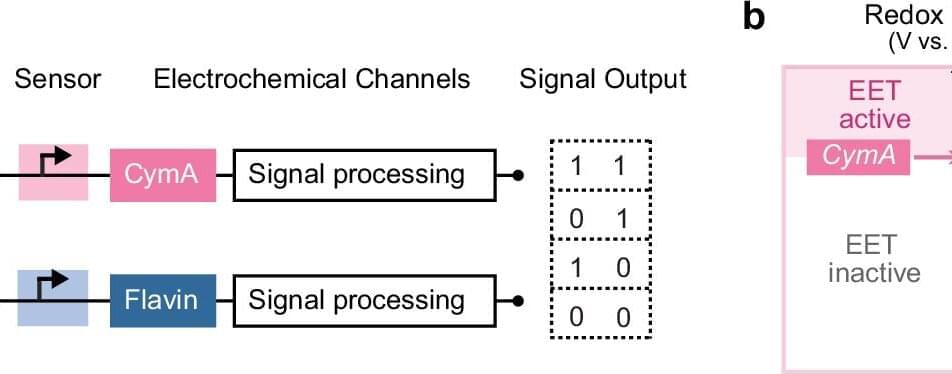
Researchers at Rice University have engineered E. coli to act as living multiplexed sensors, allowing these genetically modified cells to detect and respond to multiple environmental toxins simultaneously by converting their biological responses into readable electrical signals. This innovation opens the door to real-time, remote monitoring of water systems, pipelines and industrial sites with potential future applications in biocomputing.
A new study published in Nature Communications demonstrates an innovative method for the real-time, on-site detection of arsenite and cadmium at levels set by the Environmental Protection Agency.
This research, led by Xu Zhang, Marimikel Charrier and Caroline Ajo-Franklin, addresses a significant inefficiency in current bioelectronic sensors, which typically require dedicated communication channels for each target compound. The research team’s multiplexing strategy greatly enhances information throughput by leveraging bacteria’s innate sensitivity and adaptability within a self-powered platform.
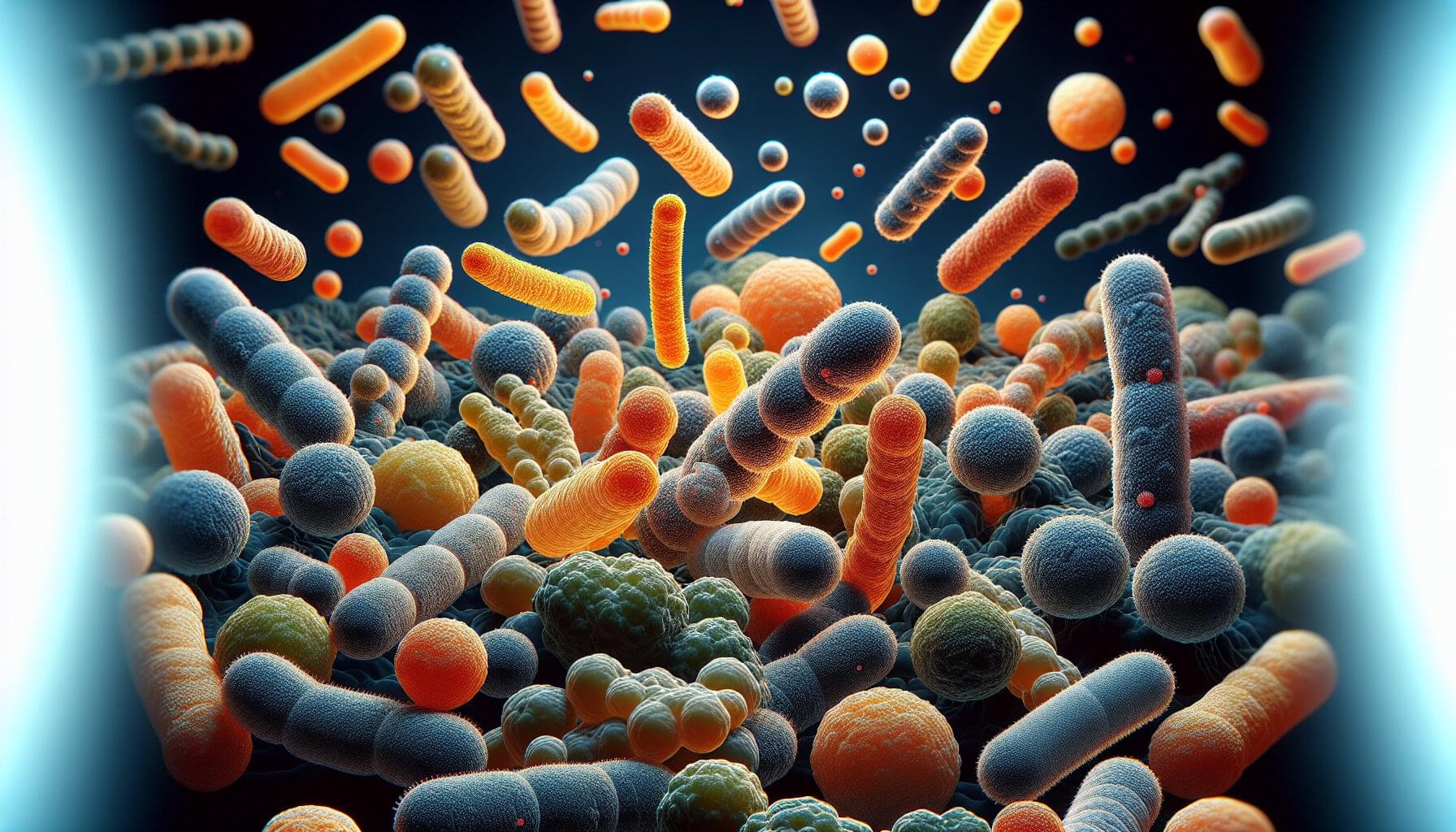
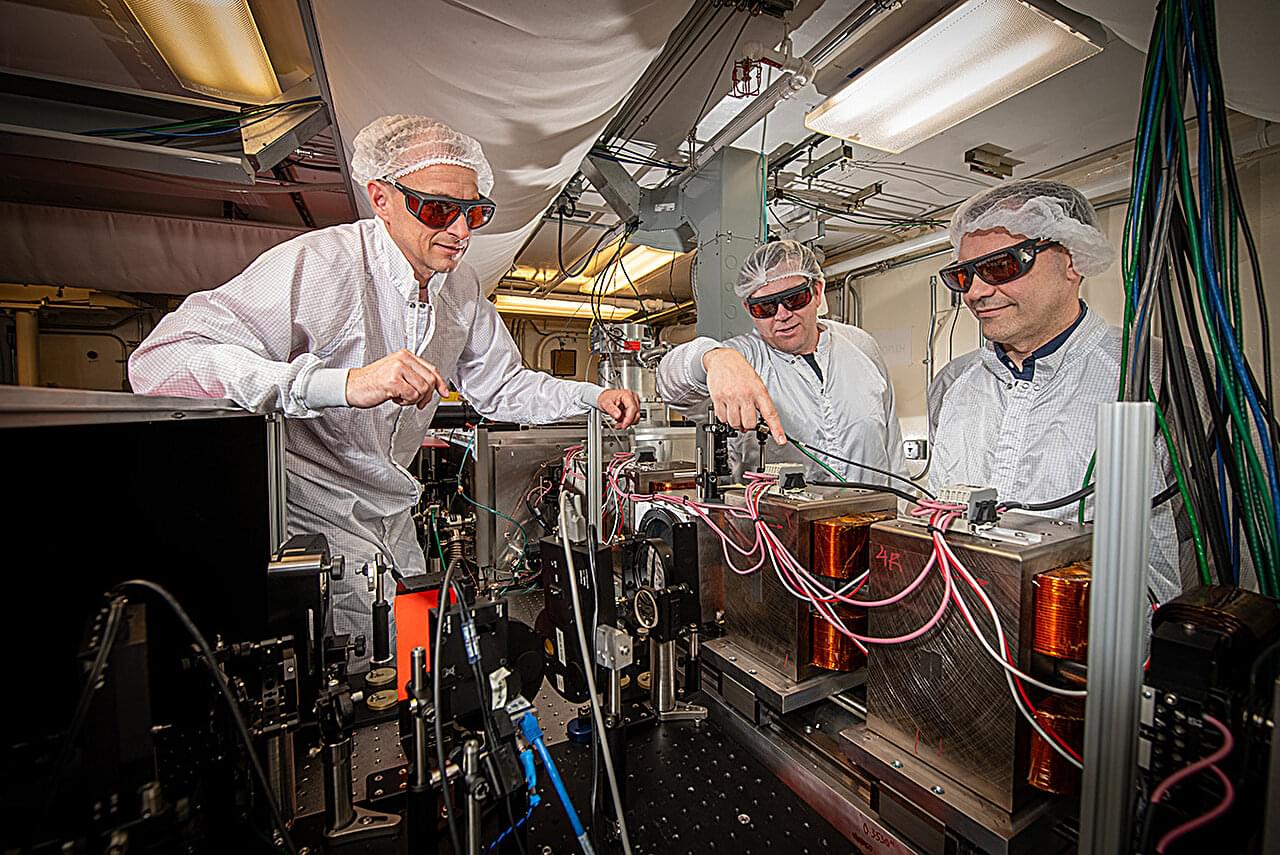
New research by scientists from the U.S. Department of Energy’s Lawrence Berkeley National Laboratory (Berkeley Lab), in collaboration with scientists from TAU Systems Inc., has brought the promise of smaller and more affordable X-ray free-electron lasers one step closer to reality.
X-ray free-electron lasers (XFELs) are powerful light sources and are typically large research instruments. Scientists use them to probe nature’s secrets at the atomic level, enabling advances in medicine, biology, physics, materials, and more. The push to develop more compact and less expensive XFELs is expected to increase the number of facilities that will be able to implement this technology, greatly expanding its impact across many areas of science.
“As part of this effort, we are applying our long-standing expertise in a type of advanced accelerator called laser plasma acceleration to shrink XFELs,” said Sam Barber, a staff scientist in Berkeley Lab’s Accelerator Technology & Applied Physics (ATAP) Division. “In addition to standalone light sources, exceptionally high-quality electron beams from plasma accelerators could be injected into existing XFELs to significantly extend their performance.”
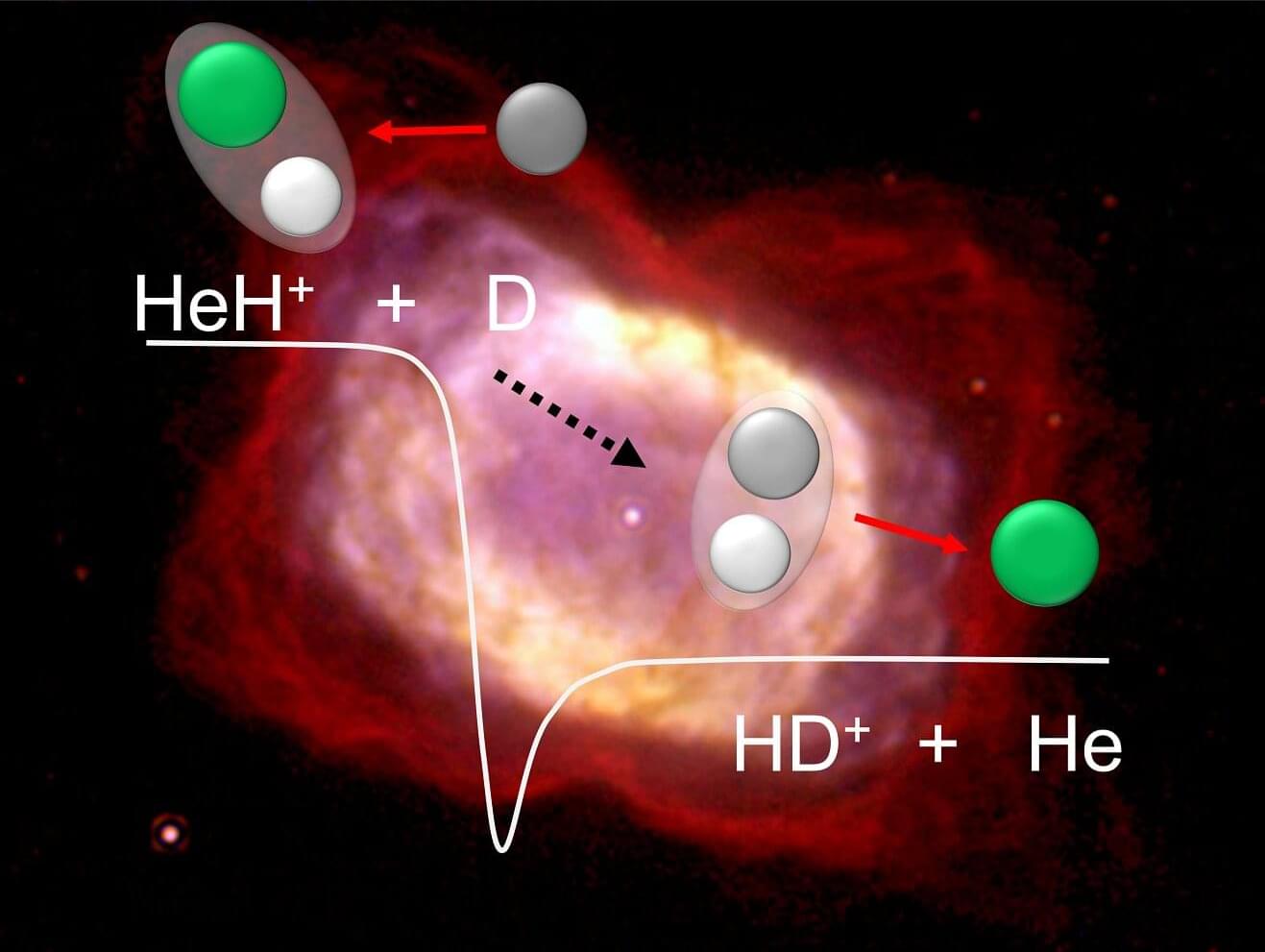
Immediately after the Big Bang, which occurred around 13.8 billion years ago, the universe was dominated by unimaginably high temperatures and densities. However, after just a few seconds, it had cooled down enough for the first elements to form, primarily hydrogen and helium. These were still completely ionized at this point, as it took almost 380,000 years for the temperature in the universe to drop enough for neutral atoms to form through recombination with free electrons. This paved the way for the first chemical reactions.
The oldest molecule in existence is the helium hydride ion (HeH⁺), formed from a neutral helium atom and an ionized hydrogen nucleus. This marks the beginning of a chain reaction that leads to the formation of molecular hydrogen (H₂), which is by far the most common molecule in the universe.
Recombination was followed by the “dark age” of cosmology: although the universe was now transparent due to the binding of free electrons, there were still no light-emitting objects, such as stars. Several hundred million years passed before the first stars formed.
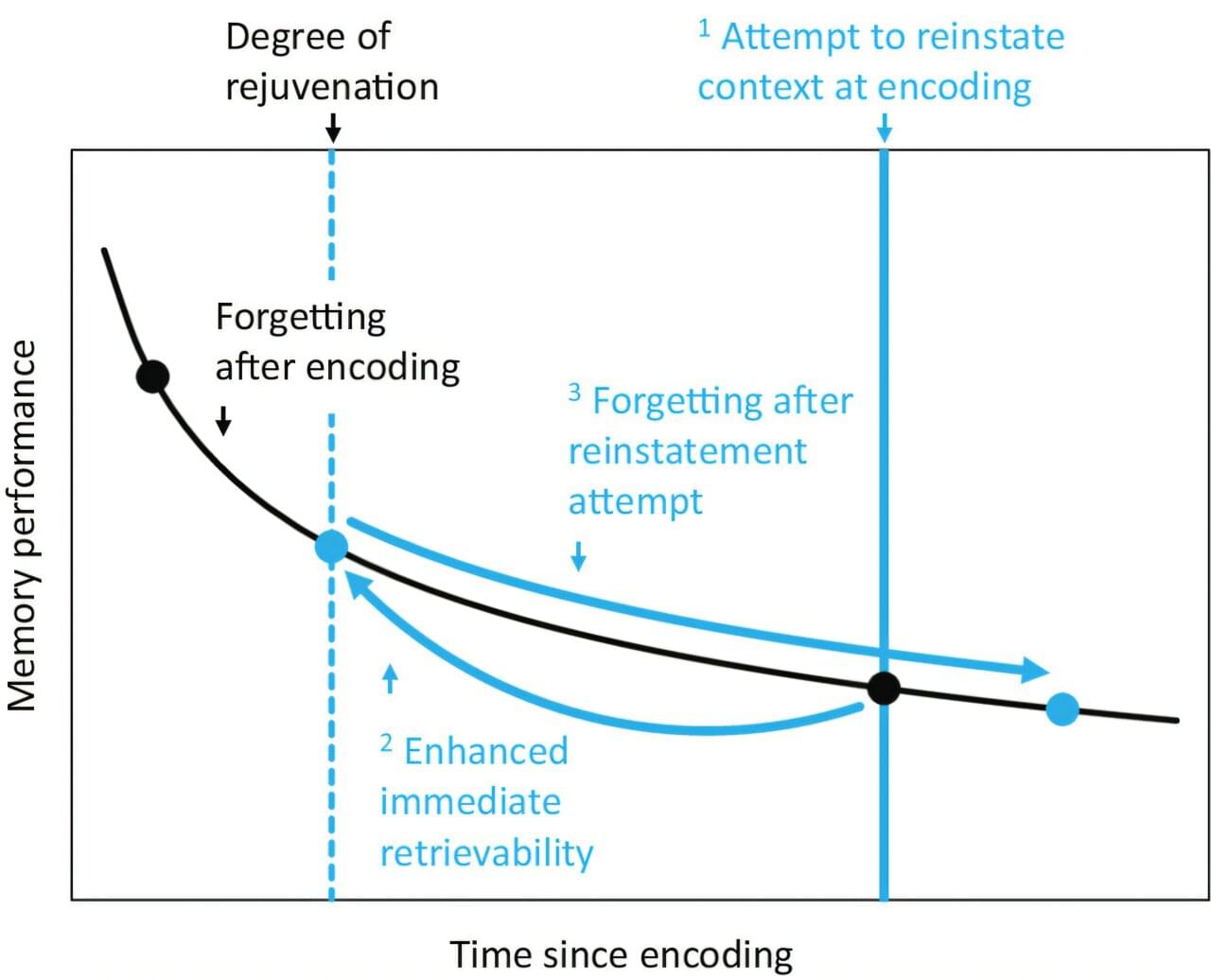
Several studies have indicated that forgotten memories may not be as irretrievable as once thought. Memory appears to be closely tied to the context in which it was encoded. Consequently, remembering smells, sounds and other environmental cues, as well as any feelings experienced during the time the memory was formed can help to recall the memory. However, these memory studies have not sufficiently determined how this kind of contextual memory recall is forgotten after recall.
As most people are aware, retrieving a memory normally becomes more and more difficult as time goes on, but the rate of forgetting actually declines over time in a nonlinear manner due to ongoing memory consolidation. In other words, humans will forget an event at a faster rate within the first few days or weeks, and then the forgetting levels off somewhat and less of the memory is lost over longer time periods.
In a new study, published in the Proceedings of the National Academy of Sciences, a group of German scientists sought to determine if retrieving memories with “mental time travel” can restore the retrieval and forgetting rate to how they were shortly after encoding. To do this, they recruited 1,216 participants to undergo two different memory experiments.